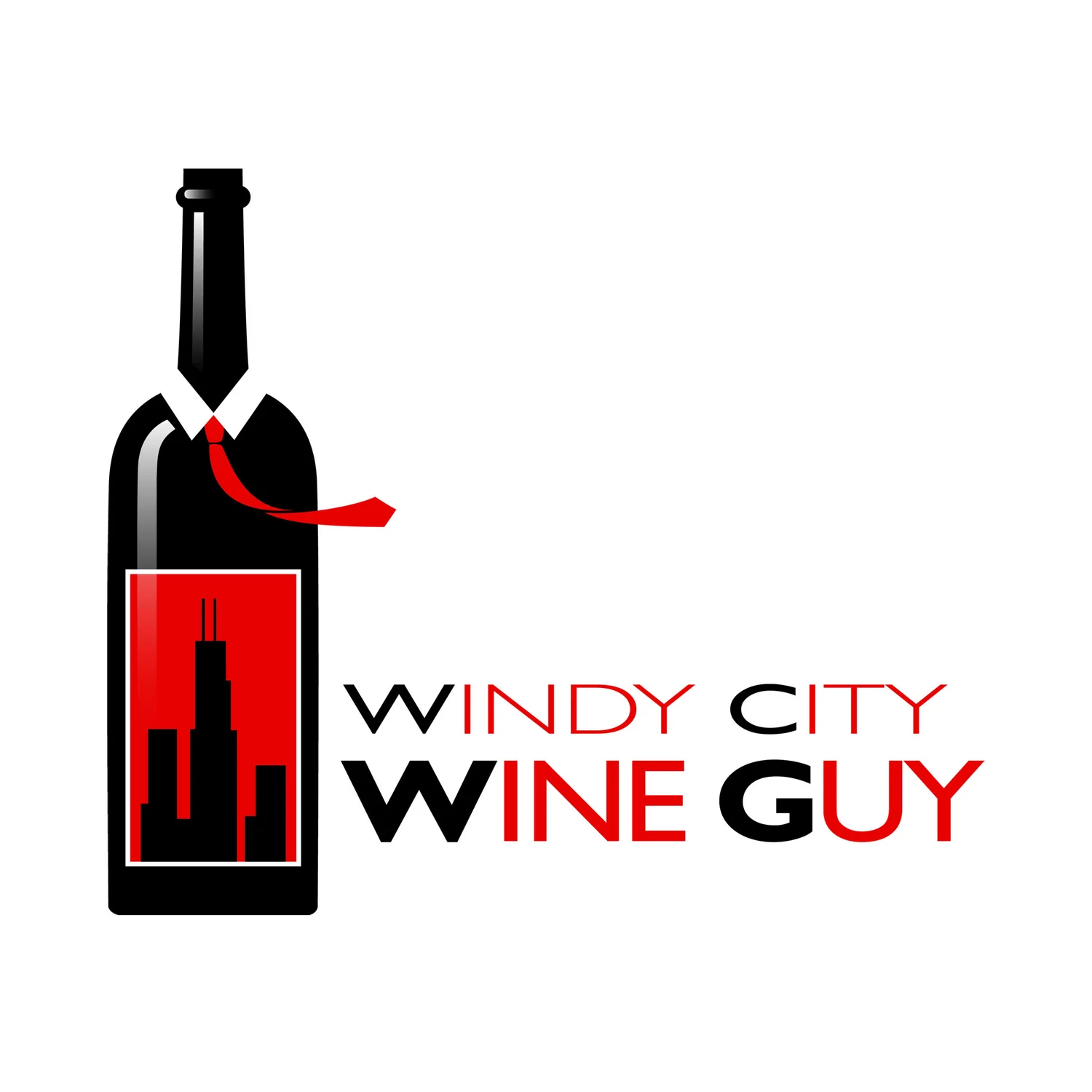
It was a beautiful Sunday afternoon, a great day for a trip to
Lynfred Winery in Roselle, Illinois. Thanks to a generous donation by Lynfred 2008 Grape Spitting Champion,
Mike Miley, we were about to enjoy a free wine tasting at the oldest, continuously run, bonded winery in the state. Our trip out was an easy one, as we took the Metra train at Union Station to Roselle, a 47 minute ride. We were met by a big yellow school bus and were off to the winery!
Lynfred resembles many of the other Roselle homes from the front, with its large front porch and welcome appearance. But when you walk around the side, you see just how large it really is. It has become not just a winery, but also a Bed & Breakfast, and a bakery, making fine artisanal breads daily. The building is gorgeous with balconies, outdoor seating, and grey stone walls covered in ivy. It was started in 1979 by Fred and Lynn Koehler (whom it was named after). What started as a retirement hobby became a success.
We walked inside and were greeted by a bustling tasting room, full of cheer and shopping. Over fifty different wines are available for tasting and purchase, anything from Illinois Chardonel (a cross of Chardonnay and Seyval Blanc), to fruit wines (Peach, Apricot, Cherry, Strawberry), sparkling wines and ports, and award winning Cabernet Sauvignon.

Much of the fruit used to make the wines comes from out of state, from California to Michigan. Our tasting began with the 2005 Viognier, which is full and applely, with a touch of spice. We then moved to the cellar tasting room, and were surrounded by barrels of aging wines. We ran through a tasting of nine wines total: 2006 Chenin Blanc, 2006 Unoaked Chardonnay, Sweetheart White and Red Table Wines, 2006 Barbera (my favorite), 2005 Merlot, Blackberry Wine, and a Strawberry Port. I could tell each one of their wines was treated as something special, as they all distributed great character, and lasting good finishes. I don't normally get involved with wines made from fruit other than grapes, but I was very impressed as each gave more than I expected. It was apparent the winemaker, Andrés Basso, took great care with each of his products.
We were later taken through the winery by our tour guide, Matt. He explained the winemaking process from grape to bottle, and was very knowledgeable of each Lynfred product. The facility was immaculate. The meticulous nature of the wine is a part of every aspect of Lynfred, from the cellar, to the detail of the design and architecture, to the soft and delicious baked bread. It was an unforgettable experience and I look forward to more visits in the future.

After the tour, we headed over to
Pilot Pete's. It is located right next to Schaumberg Regional Airport. We were able to see helicopters and Cesnas take off and land just outside the window, while we enjoyed lobster nachos, calamari, and the house blend red wine, created by Lynfred.
The event was a success and I want to thank Lynfred Winery (especially Matt), Mike Miley, Barb

the bus driver, Pilot Pete's, and all in attendance. I hope to have more events just as fun in the future!










 While at a
While at a  never habitually celebrated Valentine's Day, due to the fact we treat our relationship special all year round, but felt like enjoying a romantic evening at home. Thanks to my friend Lara from
never habitually celebrated Valentine's Day, due to the fact we treat our relationship special all year round, but felt like enjoying a romantic evening at home. Thanks to my friend Lara from  It was a beautiful Sunday afternoon, a great day for a trip to
It was a beautiful Sunday afternoon, a great day for a trip to  Much of the fruit used to make the wines comes from out of state, from California to Michigan. Our tasting began with the 2005 Viognier, which is full and applely, with a touch of spice. We then moved to the cellar tasting room, and were surrounded by barrels of aging wines. We ran through a tasting of nine wines total: 2006 Chenin Blanc, 2006 Unoaked Chardonnay, Sweetheart White and Red Table Wines, 2006 Barbera (my favorite), 2005 Merlot, Blackberry Wine, and a Strawberry Port. I could tell each one of their wines was treated as something special, as they all distributed great character, and lasting good finishes. I don't normally get involved with wines made from fruit other than grapes, but I was very impressed as each gave more than I expected. It was apparent the winemaker, Andrés Basso, took great care with each of his products.
Much of the fruit used to make the wines comes from out of state, from California to Michigan. Our tasting began with the 2005 Viognier, which is full and applely, with a touch of spice. We then moved to the cellar tasting room, and were surrounded by barrels of aging wines. We ran through a tasting of nine wines total: 2006 Chenin Blanc, 2006 Unoaked Chardonnay, Sweetheart White and Red Table Wines, 2006 Barbera (my favorite), 2005 Merlot, Blackberry Wine, and a Strawberry Port. I could tell each one of their wines was treated as something special, as they all distributed great character, and lasting good finishes. I don't normally get involved with wines made from fruit other than grapes, but I was very impressed as each gave more than I expected. It was apparent the winemaker, Andrés Basso, took great care with each of his products.  After the tour, we headed over to
After the tour, we headed over to  the bus driver, Pilot Pete's, and all in attendance. I hope to have more events just as fun in the future!
the bus driver, Pilot Pete's, and all in attendance. I hope to have more events just as fun in the future!
